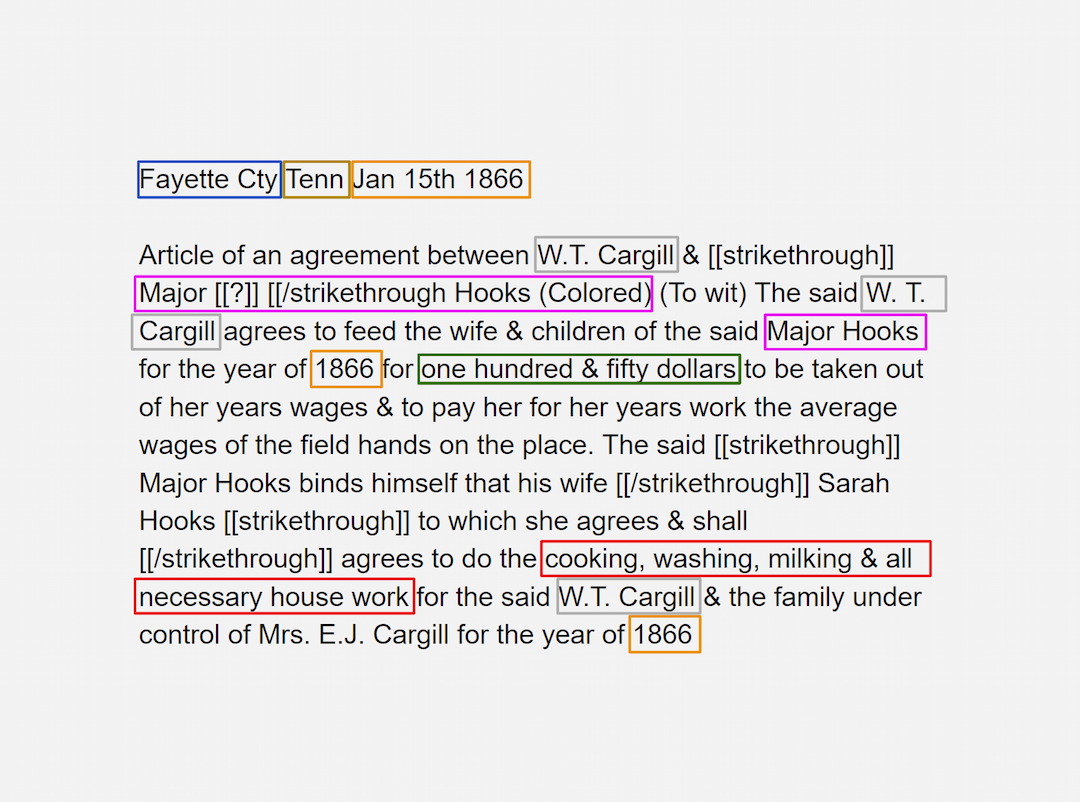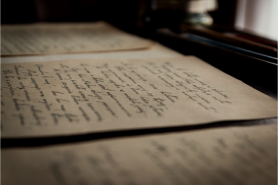We aim to uncover and extract hidden insights about slavery, the experiences of Freedmen, the obstacles they faced, and the significant contributions they made to society and their cause. We deployed a sophisticated Natural Language Processing (NLP) and Machine Learning (ML) pipeline that played a pivotal role in our exploration.
The Process
The process began with Optical Character Recognition (OCR) to convert the textual content from scanned images into machine-readable text files.
Scan
original document
into a
digital image

Transcribe
Digital Image
into a
text file

Highlight the
key words
(Annotation)

Highlighted
key data
used as input values
Technical Overview


DISCLAIMER:
The data presented here, sourced from the Smithsonian's official website and other external sources related to the Freedmen Bureau, remains the sole property of the respective owners. While our analyses and insights are independently generated, we do not claim ownership of the underlying data. We prioritize ethical standards and intellectual property rights. Feel free to share and utilize the insights provided here for educational or non-commercial purposes. For any inquiries or concerns, please contact us. Your use of this website implies acceptance of these terms.
